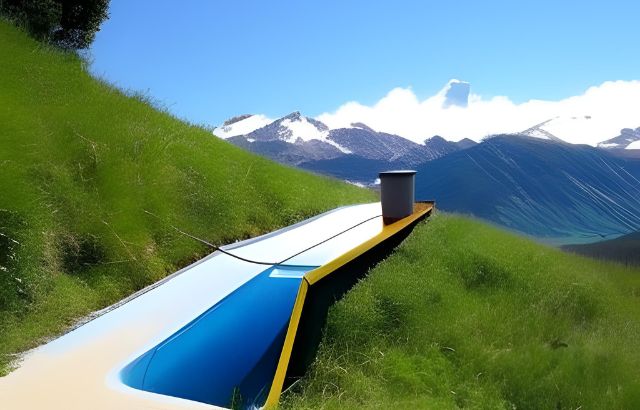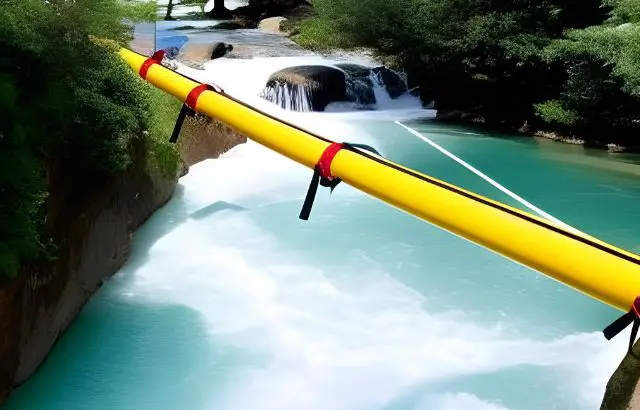In a world increasingly conscious of energy use and environmental sustainability, finding innovative, eco-friendly solutions for age-old problems is more important than ever. Moving water uphill is a problem that has captured human attention for millennia. Traditionally, this task required electricity or manual labor.
However, there are now methods to accomplish this using the very forces of nature itself. Today, we will explore how to move water uphill without electricity and dive into the fascinating science behind these environmentally friendly solutions.
How to Move Water Uphill without Electricity

Moving water uphill without electricity can seem like a contradiction to many. Gravity, after all, loves to pull water down, not up. However, we can ingeniously bypass this natural constraint by employing physics and engineering principles.
In the steps, we will explore three methods. Including using the siphon method, the hydraulic ram pump, and capillary action. These techniques exploit the properties of water and atmospheric pressure, allowing us to move water uphill without electricity.
The Siphon Method
Siphoning is a simple yet effective way to move water uphill. The principle behind this method is the gravitational pull and atmospheric pressure.
Steps
- Start with two containers, one higher than the other. The higher one should be filled with water.
- Add a hose and immerse one end in the higher container.
- To start the siphon, you need to create a flow. This can be done by sucking the other end of the hose until water flows out.
- As long as the outlet of the hose (the side you sucked) is lower than the surface of the water in the higher container, the water will continue to flow uphill into the lower container.
The Hydraulic Ram Pump Method

A hydraulic ram pump uses the kinetic energy of a large amount of water falling a small distance to lift a smaller amount of water a large distance.
Steps
- Set up your pump at the bottom of a hill.
- A supply pipe leads from a reservoir to the pump. This pipe should be as long as possible to maximize water pressure.
- The waterfalls’ kinetic energy forces the pump’s waste valve to close. This causes a high-pressure spike, forcing the check valve open and pushing some water uphill.
- When the pressure decreases, the check valve closes. The waste valve opens, and the process begins again.
Capillary Action Method
This is the ability of a liquid to flow against gravity where liquid spontaneously rises in a narrow space.
Steps
- Place a piece of absorbent material (like a sponge or thick fabric) at the bottom of the hill in the water source.
- Ensure the other end of the material reaches the top of the hill where you want the water to end up.
- The water will slowly travel up the material and reach the top of the hill through capillary action.
My Opinion
It’s awe-inspiring to understand how we can harness the laws of nature to move water uphill without any electricity. These eco-friendly methods can be lifesavers in off-grid locations where electricity is inaccessible or unreliable. Moving water uphill without electricity might seem a paradox at first, but as we’ve seen, it’s entirely achievable.
Following the detailed instructions in this article, you’ll find it feasible to move water uphill without electricity. Whether planning a sustainable farming project or designing an off-grid water supply. Simply trying to understand the fascinating principles of physics. Knowing how to move water uphill can be handy.
So next time you’re faced with a challenge, don’t let the laws of gravity dampen your spirits. Harness the power of nature and keep the water flowing where you need it.




